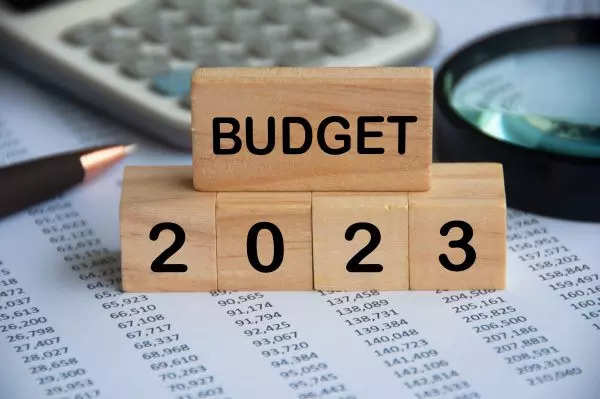
New Delhi: In the Modi 2.0’s last full-year budget of 2023, Finance Minister Nirmala Sitharaman has announced some major reliefs for the middle class, farmers, startups and railways.
FM said that the Budget has adopted seven policies namely inclusive development, last mile connectivity, infrastructure & investment, unleashing potential, green growth, youth power, financial sector.
With the automotive sector being one of the largest industries contributing about 7.1% to India’s GDP and generating huge direct and indirect employment, the FM touched upon the key areas for the mobility sector as follows.
Hits
1.Net Zero Carbon: INR 35,000 crore outlay is announced for energy transition with a focus on achieving the country’s goal of net zero carbon emissions by 2070.
2.Hydrogen economy: In order to facilitate transition to low carbon intensity economy, an outlay of INR 19,700 crores for the National Green Hydrogen Mission is announced. The government is targeting to reach annual production of 5 metric million tonne by 2030.
3.Electric Vehicles: Customs duty reduction from 21% to 13% on Lithium Cells and an extension of the subsidies on EV batteries for one more year are major demand boosters. Viability gap funding support for battery storage systems with capacity of 4,000 MWh is also announced. With green mobility identified as one of the priority areas, manufacturing, and adoption of alternative fuel vehicles, including electric vehicles, has also received impetus.
4.Scrappage Policy: FM Nirmala Sitharaman said adequate funds are allocated to scrap old vehicles of the central government, states will also be supported in replacing old vehicles, including ambulances
5.Transport infrastructure projects: The minister said that 100 critical transport infrastructure projects for last and first mile connectivity for ports, coal, steel, fertilizer and food grain sectors are identified with investment of INR 75000 crores, including INR 15,000 from the private sector.
Shamsher Dewan, Senior Vice President & Group Head – Corporate Ratings, ICRA Limited, said, “The significantly higher allocation of INR 10 lakh crore towards capital investments and INR 79,000 crore towards affordable housing in the Union Budget FY24 augurs well for commercial vehicle demand, especially the heavier multi-axle vehicles and tippers.”
“The LCV segment would also benefit from the outlay of INR 75,000 crore towards improving first and last-mile connectivity for select sectors.“
However, the auto sector anticipated relief in the form of uniform GST on components, concession on R&D expenses and higher taxation on hybrid vehicles which was not talked about during the Budget speech.
Misses
1.The Government has proposed to increase the duties on completely built units (CBUs) to 70% from 60% earlier and a broad increase of duty to 35% from 33% on SKD. This will further remain a hindrance in leveraging the potential for the luxury car market in the country.
2.No Uniform GST for auto parts: Industry has been demanding for a uniform GST of 18% on all automotive components and it is not addressed in the Union Budget 2023. This was also important to avoid confusion and ambiguities.
3.No Incentivising of R&D: The auto sector was anticipating tax benefits in the form of incentivising R&D, as the emerging technologies needs R&D support.
4.Duty hike on compounded rubber: An increase in the duty rates on compounded rubber from 10% to INR. 25 (or) INR 30 per kg, whichever is less, is a challenge for the tyre industry, which largely depends on imported rubber
5.Lower GST on hybrid vehicles: India aims at reducing carbon emissions and promoting green mobility. Hybrid vehicles offer optimal utilization of fuel by offering higher mileage. They are still taxed as luxury goods at 43%.
6.Inverted duty structure on EVs and EV parts: As per the current structure, GST on EVs is 5% and on the contrary EV parts such as lithium-ion batteries and other ancillaries are 18%-28%.
7.FAME-II Extension: Faster adoption and manufacturing of the electric vehicles scheme which is expiring on March 31, 2024, needed an extension for light or heavy commercial vehicles and also on the time period.
8.Scrappage policy with a caveat: FM announced that only the polluting government vehicles will be replaced whose numbers are limited. Central government vehicle scrapping will be funded directly and State Government vehicle scrapping will be supported financially.
Also Read:
